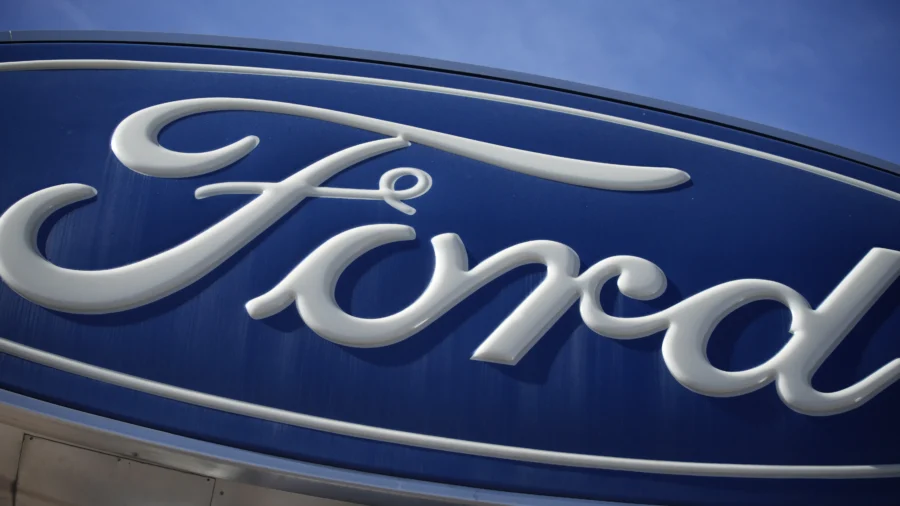A Philadelphia woman was intoxicated and using a partially automated system to drive when her car caused a crash that killed two has been charged with homicide, authorities announced on Tuesday.
According to the National Transport Safety Board (NTSB), the incident happened around 3:20 a.m. on March 3, when 23-year-old Dimple Patel’s Ford Mustang Mach-E SUV collided at 71 mph with a Hyundai Elantra in the left travel lane of I-95 in Philadelphia, Pennsylvania.
The Hyundai driver had stopped to assist a driver whose Toyota Prius had broken down ahead of him. Both drivers—two young men aged 20 and 21—were pronounced dead at the scene.
Patel, a pre-med student from Philadelphia, suffered minor injuries.
Data from her vehicle showed that Patel was using the car’s partially automated driving capabilities—Ford’s “Blue Cruise” feature—when the accident occurred.
Police determined that Patel was intoxicated at the time, and she’s now been charged with homicide by vehicle while driving under the influence, involuntary manslaughter, and other charges.
In a Tuesday statement, Pennsylvania State Police said that drivers using automated driving technologies should remain alert and ready to resume control at all times.
“No partially automated vehicle technology should ever be left alone to perform the driving tasks that are required to safely navigate the roads of the commonwealth,” the agency said.
Defense lawyer Zak Goldstein called the deaths a tragedy but noted that Pennsylvania law on DUI-related homicides generally requires “that the DUI caused the homicide.”
“If in fact it’s a failure in a self-driving or a driving system, that may not be a homicide by DUI even if the driver is intoxicated,” he said, adding that he is not aware of any previous ruling regarding this sort of incidents in Pennsylvania.
With more car manufacturers incorporating advanced AI driving features, the case may be poised to set a landmark legal precedent.
A week prior to the Philadelphia crash, a similar accident occurred in Texas when a 44-year-old driver using the Mach-E’s Blue Cruise collided with a stationary Honda CR-V on the I-10 in San Antonio, killing the Honda’s 56-year-old driver instantly.
The National Highway Traffic Safety Administration (NHTSA) launched an investigation and is working with Ford to address the issue.
Ford’s Blue Cruise system allows drivers to take their hands off the steering wheel while it handles highway steering, braking, and acceleration. The company advertises the system as a “driver-assist feature” and not a fully autonomous driving AI, advising their customers to “always watch the road and be prepared to resume control.”
The system relies on a camera-based monitoring system to determine whether the driver is paying attention to traffic and alert the driver if not, according to Ford.
The NHTSA said both accidents occurred during nighttime lighting, raising questions about the driver monitoring system’s efficiency at night.
A similar problem with driver monitoring led to the recall of more than 2 million Tesla vehicles in December 2023.
The Associated Press contributed to this article.

